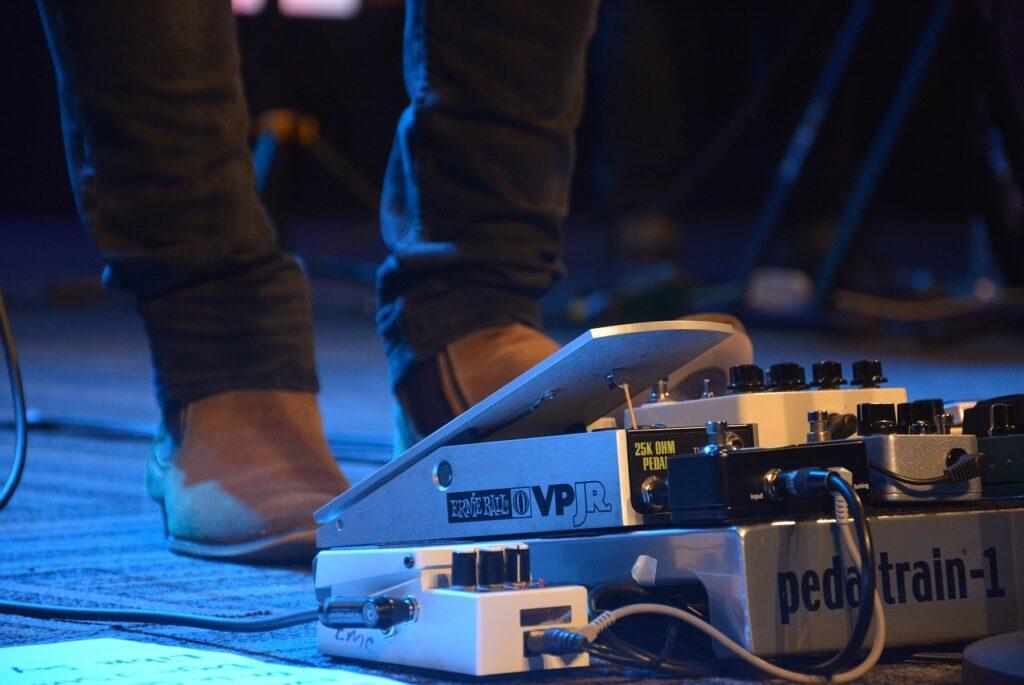What’s the difference between just intonation and equal temperament? They differ in terms of how they sound, the number of notes, and their user friendliness. Click to learn about the advantages and disadvantages of each. Estimated reading time 3 minutes.
Read More

